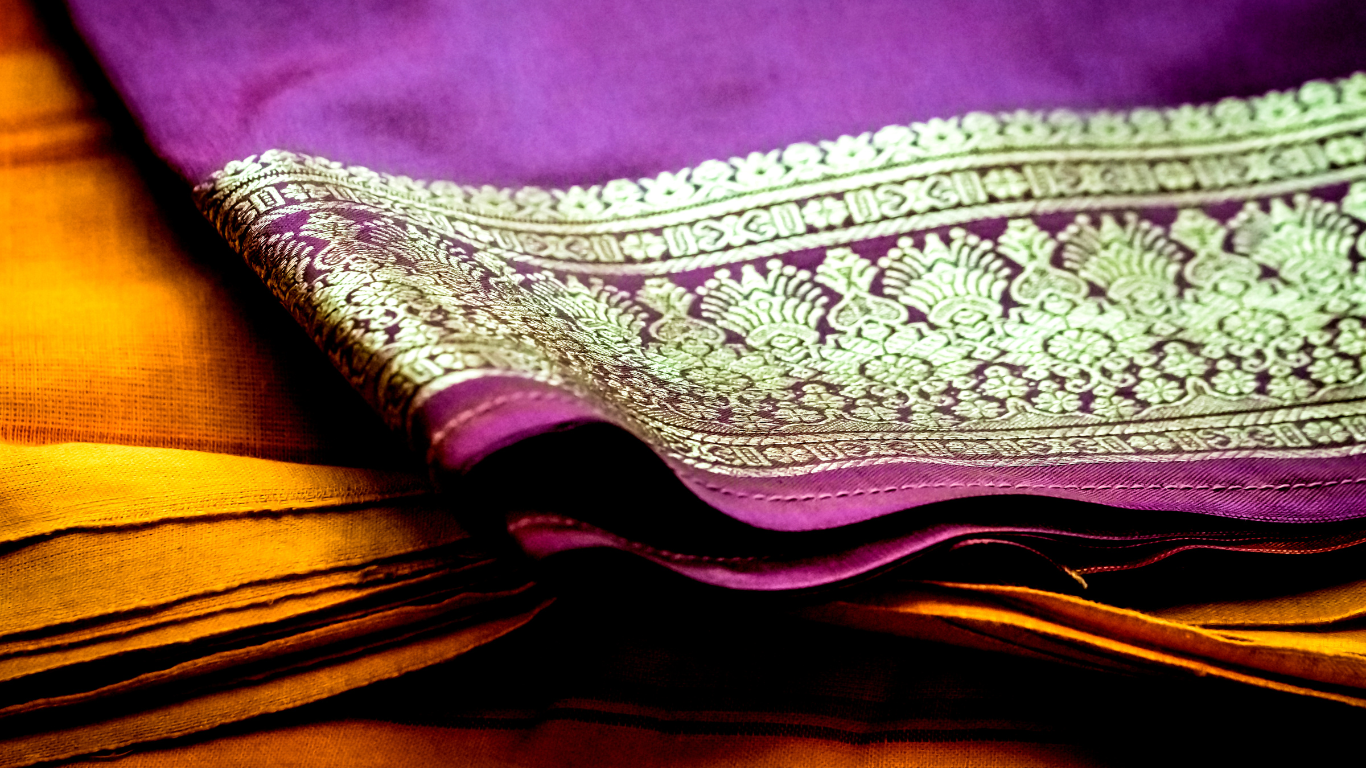A handloom saree is a beautiful and intricate garment that is steeped in cultural and historical significance. Handloom sarees are not just a piece of clothing, but a symbol of India's rich cultural heritage and a testament to the skills and artistry of traditional weavers. In this blog, we will take a closer look at the process of making a handloom saree and the various stages involved.
Step 1: Spinning the Yarn
The first step in making a handloom saree is spinning the yarn. This is usually done by hand using a spinning wheel, known as a charkha. The cotton or silk fibers are first cleaned and carded to remove any impurities, then spun into a fine yarn.
Step 2: Dyeing the Yarn
Once the yarn has been spun, it is then dyed to the desired color. This can be done using natural dyes, such as indigo or madder, or synthetic dyes. The yarn is then allowed to dry completely before moving on to the next step.
Step 3: Warping the Loom
The next step is warping the loom. This involves winding the dyed yarn onto the loom to create the lengthwise threads, known as the warp. The warp is carefully stretched and tensioned to ensure a tight and even weave.
Step 4: Weaving the Fabric
Once the loom has been warped, it's time to start weaving the fabric. The weft, or crosswise threads, are woven in and out of the warp to create the fabric. This is done using a shuttle, which carries the weft across the loom. The weaver then beats the weft into place using a beater, creating a tight and even weave.
Step 5: Embroidery and Border Work
Once the fabric has been woven, it is then embellished with intricate embroidery and border work. This can include zari work, kantha work, chikankari, or any other type of traditional embroidery. This is a skilled and time-consuming process, but the end result is a truly beautiful and unique garment.
Step 6: Finishing and Stitching
The final step is finishing and stitching the handloom saree. The fabric is first washed to remove any impurities, then ironed and hemmed to create a neat and finished edge. The saree is then folded and packaged, ready to be sold and worn with pride.
In conclusion, the process of making a handloom saree is a true work of art and a testament to the skills and artistry of traditional weavers. From spinning the yarn to embroidering the fabric, each step is a labor of love and a celebration of India's rich cultural heritage. Whether you're looking for a traditional saree for a special occasion or simply want to add a touch of elegance to your wardrobe, a handloom saree is the perfect choice.




